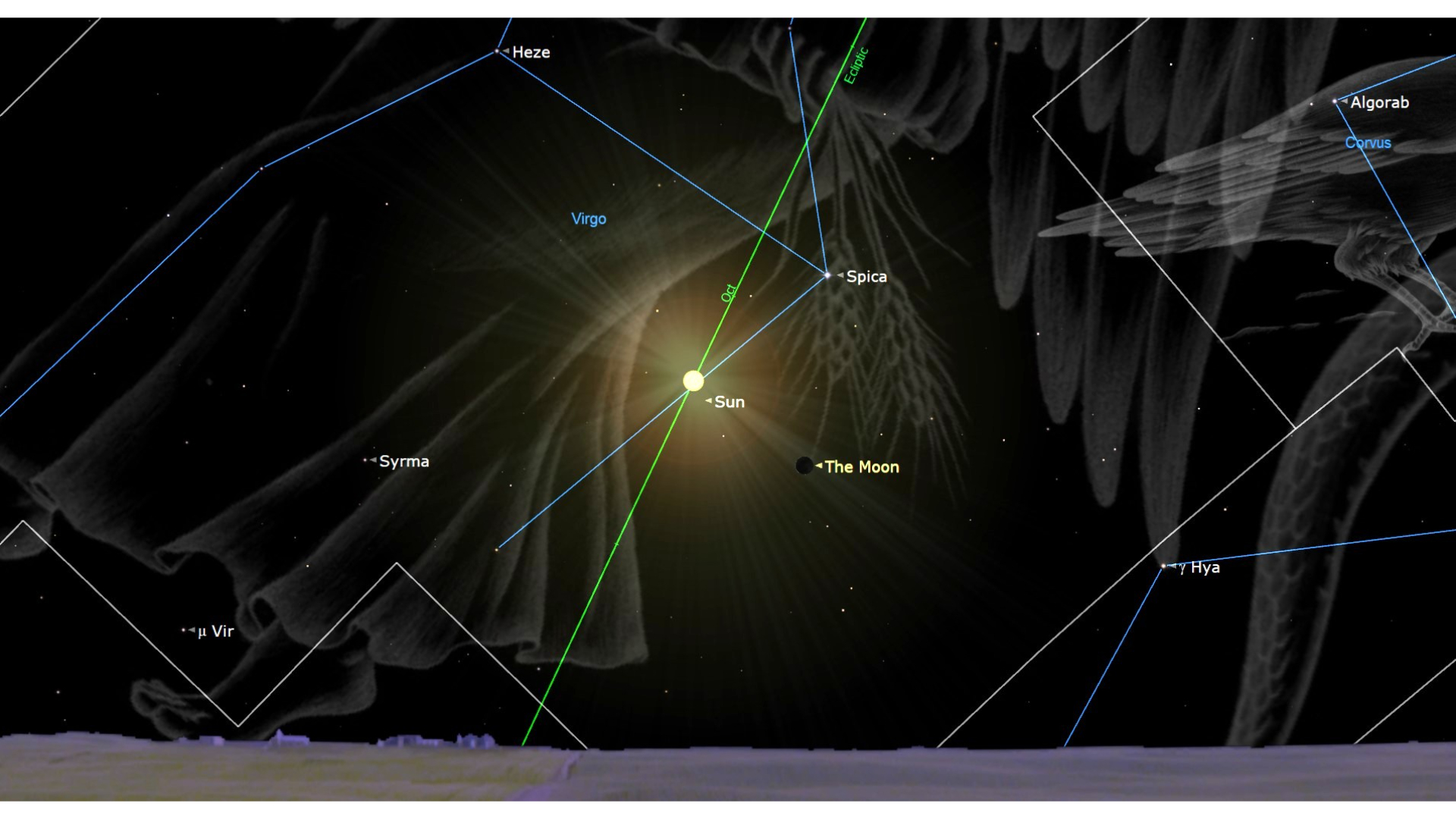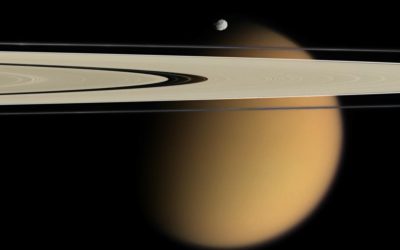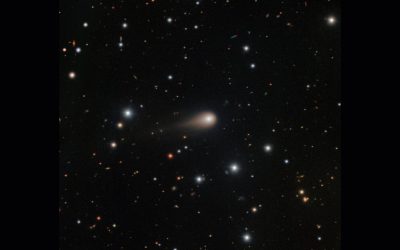Celestial observers have a captivating week ahead, marked by two distinct astronomical events.
First, the upcoming new moon promises exceptionally dark skies, creating ideal conditions for stargazers to witness the peak of the annual Orionid meteor shower. This lack of moonlight will ensure optimal visibility for the meteors as they streak across the night sky.
Just three days later, a more localized and dramatic event will unfold: the slender young moon will briefly pass directly in front of the prominent red star Antares. This rare celestial occultation will be exclusively visible to skywatchers in South America and the Falkland Islands, offering a unique opportunity to witness the moon eclipse the bright supergiant.
The new moon phase is an astronomical event defined by the direct alignment of the sun and moon, placing them along the same celestial longitude as viewed from Earth. However, turning attention to this month’s lunar calendar, the precise moment of the upcoming full moon has been officially scheduled for Tuesday, October 21. According to the U.S. Naval Observatory, the lunar peak will occur at 8:25 a.m. Eastern Daylight Time, corresponding to 1225 Coordinated Universal Time (UTC).
From our vantage point on Earth, the moon typically orbits either above or below the sun, causing its shadow to bypass our planet. It is only about twice a year that these celestial bodies align precisely enough for us to witness a solar eclipse—a rare spectacle and the sole occasion a new moon, usually invisible against the sun’s glare, becomes visible. The next such event is scheduled for February 17, 2026, exclusively visible from Antarctica.
However, the current celestial focus is not on a solar eclipse. Instead, a three-day-old moon is poised to dramatically occult Antares, the brilliant red supergiant and brightest star in the constellation Scorpius, the Scorpion.
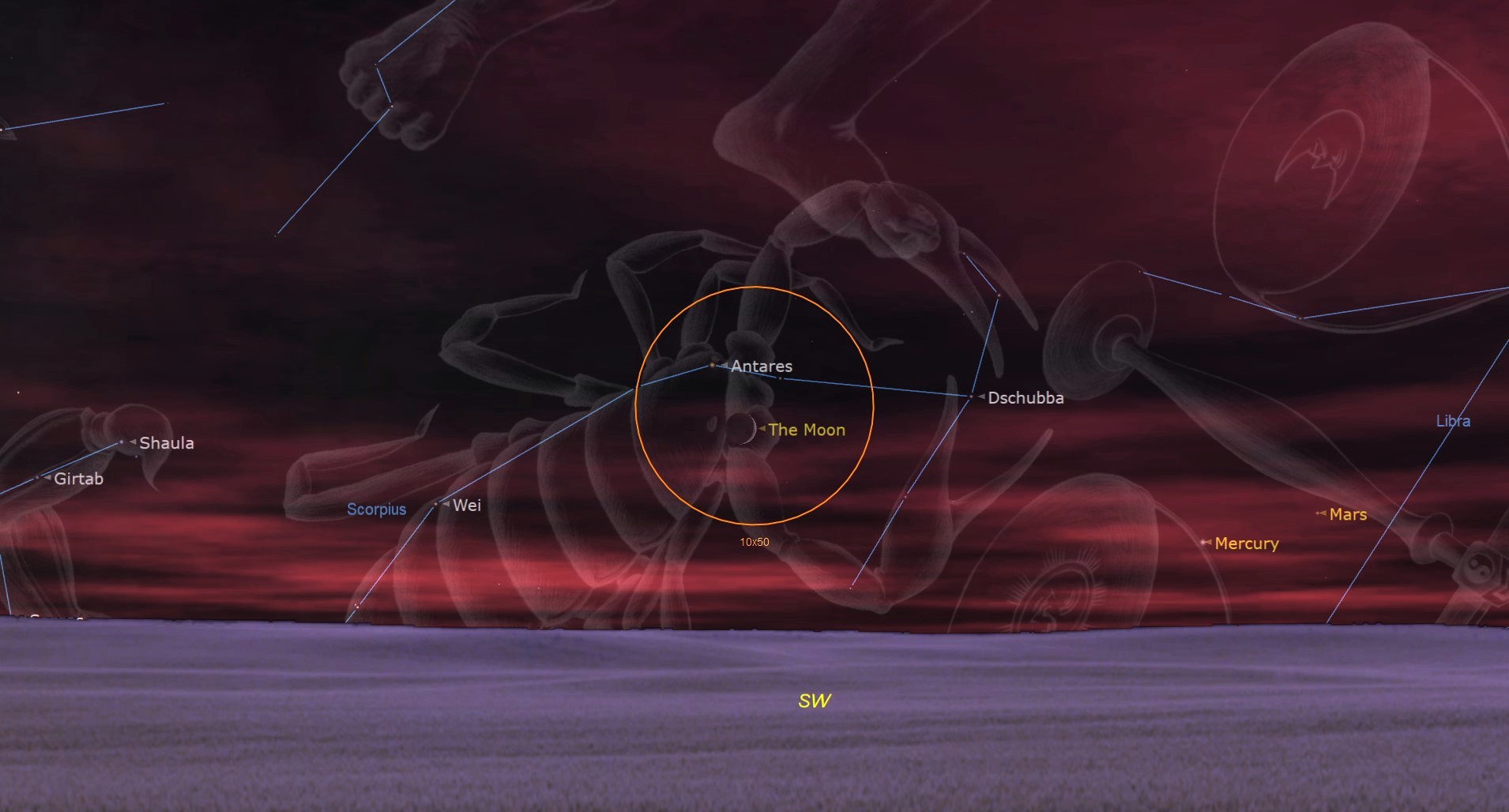
While occultations, much like eclipses, are regular celestial occurrences, witnessing them often demands a precise alignment of observer and event. This challenge arises because the Moon’s shadow, cast upon Earth’s vast surface, is comparatively narrow, limiting the window for observation to a specific geographical band.
Further complicating matters, the Moon’s proximity to Earth creates a noticeable parallax effect. Its apparent position against the distant background stars shifts depending on the observer’s terrestrial location. This positional variance can be substantial, reaching up to two degrees – a displacement roughly equivalent to four times the Moon’s own apparent diameter.
For sky watchers across the Northern Hemisphere, including cities like New York, the October 24th occultation will present an interesting, albeit unseen, celestial alignment. Due to their location north of the event’s primary visibility zone, observers in these areas would perceive the moon situated just below Antares. However, this specific pairing will unfortunately occur beneath their local horizon, preventing its direct observation.
For stargazers in Ushuaia, Argentina, a captivating celestial event is on the horizon. An upcoming occultation is set to unfold on the night of October 24, offering a unique viewing opportunity.
According to data from the International Occultation Timing Association, the spectacle in Ushuaia will commence at 10:35 p.m. local time. At this initial phase, the moon will be positioned low in the southwestern sky, approximately 15 degrees above the horizon. Enthusiasts can anticipate witnessing Antares disappear behind the moon’s upper right quadrant.
The star is then predicted to make a dramatic reappearance at 11:23 p.m., emerging from the lunar disk’s left side. By this time, the moon will have dipped further, sitting roughly 9 degrees above the horizon. The celestial display will draw to a close with moonset at 1:02 a.m. on October 25.
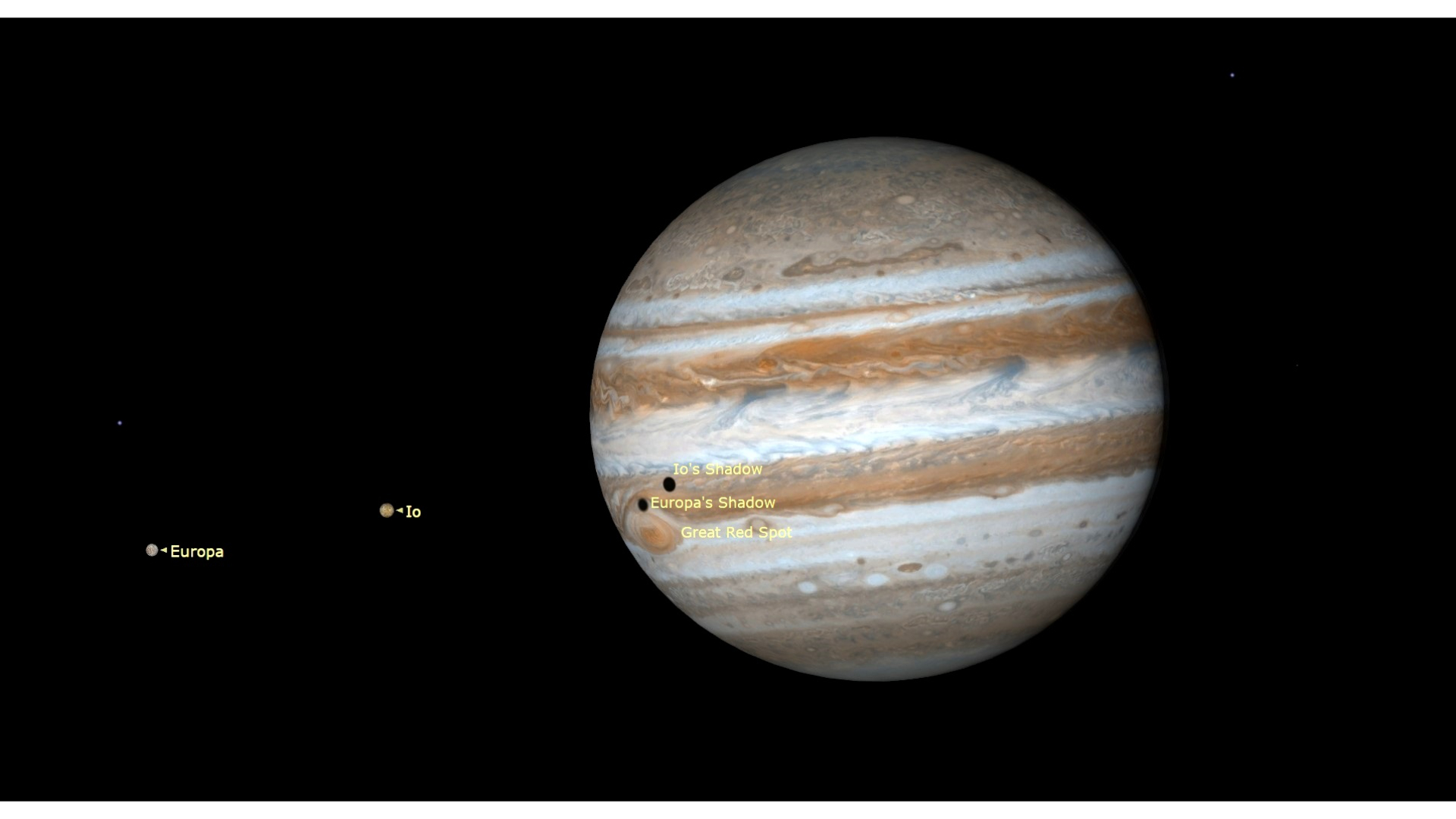
On the night of October 24, residents of Punta Arenas, Chile, are poised to witness a rare and captivating astronomical event: the occultation of Antares.
The spectacle will commence at 10:37 p.m. local time, when the bright star Antares begins its disappearance, slipping behind the upper right quadrant of the Moon. After a period of concealment, Antares is projected to dramatically reappear from the Moon’s left side at 11:28 p.m.
Throughout this celestial ballet, the Moon will trace a low arc across the sky. At the onset of the occultation, it will hover approximately 15 degrees above the horizon, concluding the event at a slightly lower altitude of around 9 degrees.
Even if you missed the recent celestial occultation, late October offers a captivating alternative: the nighttime planets. For skywatchers across latitudes similar to New York City, Chicago, or Sacramento, Saturn stands out as the first major planet to become visible.
On the evening of October 21, the ringed giant is scheduled to rise in New York at 5:54 p.m. local time. By 7:30 p.m., as the sky darkens completely, Saturn will be a prominent fixture, positioned 27 degrees above the southeastern horizon. Its celestial journey continues, culminating as it transits—or crosses the meridian—at 10:47 p.m., reaching an impressive peak altitude of 46 degrees. The planet will remain visible throughout much of the night, finally setting at 4:36 a.m. on October 22.
Adding to its distinct visibility, Saturn is currently located within the constellation Aquarius. Because Aquarius is a relatively fainter star pattern, Saturn’s inherent brightness will ensure it truly shines, making it easily distinguishable and offering a clear, compelling view for observers.
Prepare for a captivating celestial display as Jupiter makes a prominent appearance in the night sky. On October 21st, the gas giant will emerge above the horizon at 11:16 p.m. EDT.
Jupiter will then ascend to its highest point, or transit, at 6:37 a.m. EDT on October 22nd, reaching an impressive altitude of 71 degrees. For skygazers, Jupiter will be unmistakable within the constellation Gemini, the twins. Look for it positioned just below and to the right of Pollux, Gemini’s second-brightest star.
A handy tip for distinguishing Jupiter from its stellar neighbors: planets typically radiate a steady, unwavering light, while stars are characterized by their familiar twinkling. Keep an eye out for this steady beacon as it dominates the early morning sky.
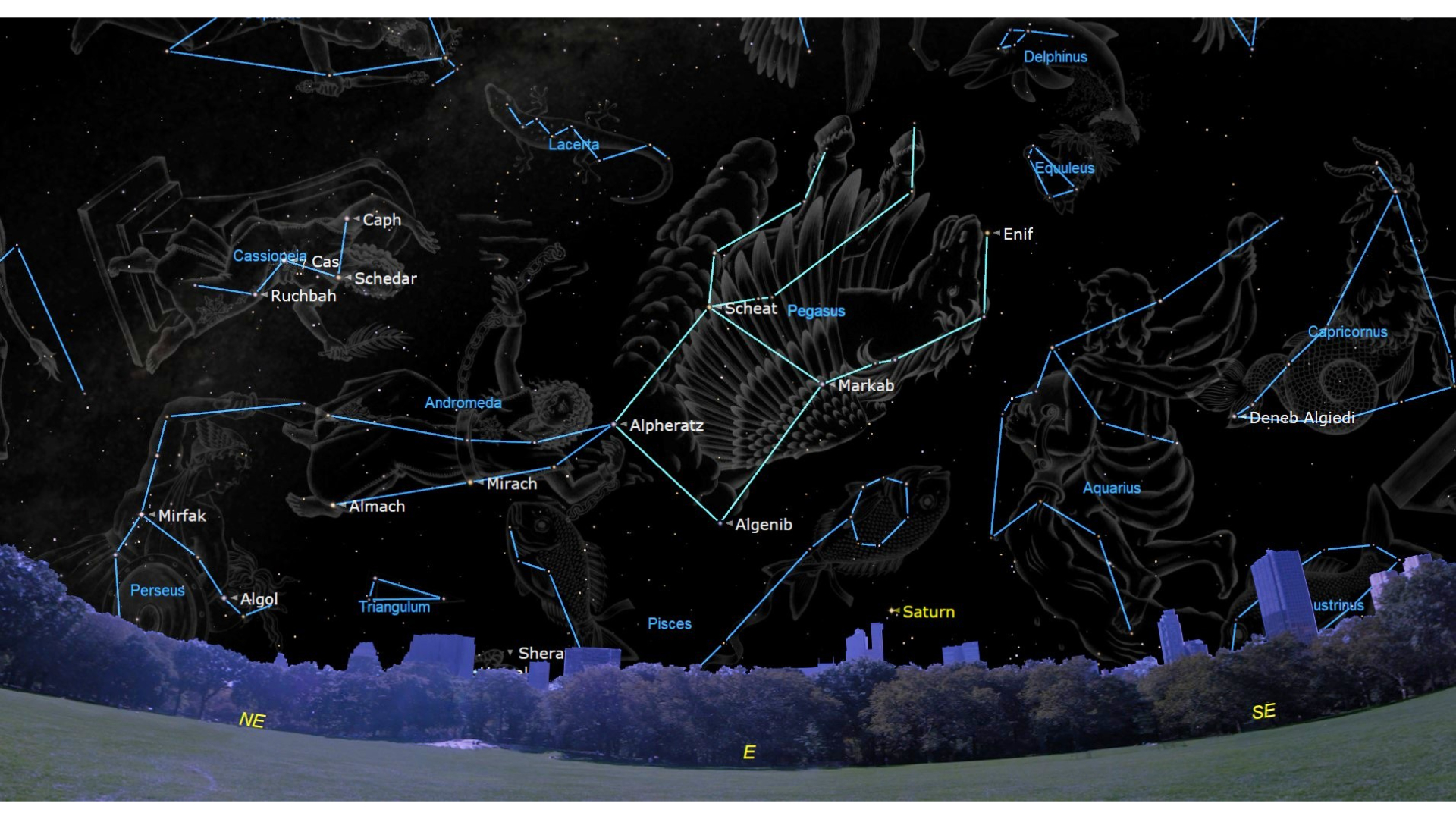
On October 22nd, early risers will be treated to a spectacular pre-dawn sighting of Venus, which is scheduled to rise at 5:37 a.m. Renowned as the third brightest object in the sky—eclipsed only by the sun and moon—the brilliant planet will be a prominent feature until just before sunrise, expected at 7:15 a.m. By 7 a.m., it will stand approximately 14 degrees above the eastern horizon. Stargazers are encouraged to test their visual acuity by attempting to track Venus for as long as possible before the encroaching daylight causes it to fade from view.
Observers in southern latitudes can anticipate enhanced views of Saturn, Jupiter, and Venus, with all three planets appearing notably higher in the sky.
Specifically for Miami, Saturn makes its appearance early in the evening, rising at 5:14 p.m. local time. Following sunset at 6:48 p.m., the ringed giant will be prominently positioned 29 degrees above the eastern horizon by approximately 7:30 p.m.
Jupiter, the solar system’s largest planet, will ascend into view just after midnight, rising at 12:17 a.m. on October 22. It will reach its peak transit at 7:02 a.m., soaring to an impressive altitude of 86 degrees.
Finally, the brilliant morning star, Venus, will begin its ascent at 6:01 a.m. By 7 a.m., it will be clearly visible 13 degrees high in the east, just ahead of the 7:24 a.m. sunrise.
As the Southern Hemisphere welcomes longer daylight hours and later sunsets with the approach of summer, sky-watchers in Santiago, Chile, are presented with distinct opportunities for planetary observation.
Saturn, the iconic ringed planet, makes an early appearance, rising at 5:17 p.m. local time. Optimal viewing, however, begins once the sky significantly darkens after the 8:00 p.m. sunset. By 8:30 p.m., Saturn will be readily visible, positioned approximately 38 degrees above the northeastern horizon. It will then reach its peak altitude, transiting at 11:30 p.m. at an impressive 60 degrees above the northern sky.
Following Saturn, the gas giant Jupiter commands attention in the early hours of October 22nd, rising at 2:21 a.m. local time. While its transit at 7:25 a.m. occurs after the 6:52 a.m. sunrise, early risers can catch the planet by 6:00 a.m., when it will be shining clearly about 31 degrees high in the northern sky.
Venus, despite rising at 6:09 a.m. in Santiago, presents a visibility challenge. By 6:30 a.m., it will remain an extremely low 4 degrees above the horizon, rendering it largely invisible against the increasing pre-dawn light and the sun’s impending glare.

Mid-latitude regions of the Southern Hemisphere are poised to offer superior viewing opportunities for Mars and Mercury, a distinct advantage over the Northern Hemisphere where these planets often struggle to be seen against the lingering light of sunset.
For instance, skywatchers in Santiago, Chile, will experience particularly favorable conditions on the evening of October 21. Following the local sunset at 8:00 p.m., Mercury will remain prominently positioned 15 degrees above the western horizon by 8:30 p.m. Mars will be visible just below and to the right of Mercury. As twilight deepens by 8:45 p.m., both planets will still maintain an impressive altitude of approximately 12 degrees, becoming clearly observable against the darkening sky.
As late October evenings unfold across mid-northern latitudes, the celestial stage undergoes a notable shift. The familiar summer constellations of the zodiac – Sagittarius, Ophiuchus, and Scorpio – are making their graceful exit from the night sky, yielding prominence to the stars of autumn.
By approximately 8 p.m., observers will find the brilliant Summer Triangle — an asterism composed of Vega, Altair, and Deneb — dominating the overhead expanse, positioned high near the zenith. Within this prominent formation, Vega shines brightly to the right (westward), while Altair appears closer to the horizon, situated at an altitude of 53 degrees, just over halfway to the zenith.
As evening descends, an eastward glance towards the horizon unveils a magnificent celestial tableau. Above and to the left of Saturn, the eye is drawn to the prominent **Great Square**, a distinctive asterism composed of stars shared by the constellations Pegasus and Andromeda. Around 8 p.m., this stellar formation presents itself as if balancing precisely on one corner. The three stars on its right form the iconic wings of Pegasus, while the left corner star marks the head of Andromeda.
From this celestial head, a subtle shift downwards and to the left reveals a graceful, curved line of four stars, delineating Andromeda’s body. Following this path further left, towards the northern and eastern sky, one encounters the unmistakable **”W” shape of Cassiopeia**, the Queen – and, according to ancient legend, Andromeda’s mother.
Continuing to trace Andromeda’s starry curve towards the horizon, observers will finally encounter **Perseus**, the legendary hero. He is depicted riding Pegasus, forever captured in the act of rescuing Andromeda from the clutches of a fearsome sea monster.
To locate the North Star, Polaris, observers should scan the northern horizon. There, the familiar Big Dipper constellation typically presents itself with its bowl oriented skyward. Two key stars on the right side of the Dipper’s bowl—Dubhe and Merak—function as celestial “pointers.” Dubhe is positioned above Merak. An imaginary line extended from Merak, passing through Dubhe, will lead directly to Polaris. This vital pole star is the brightest luminary within Ursa Minor, more commonly known as the Little Bear. While Polaris itself is visible, the full curvature of the Little Dipper’s handle, which Polaris anchors, becomes significantly clearer under dark, light-pollution-free skies.
As night falls, observers gazing northeast will readily identify Capella, the luminous star that anchors the constellation Auriga, known colloquially as the Charioteer. For those situated in mid-northern latitudes, Capella typically emerges in the late afternoon on October 21, with its rise time in New York noted around 5:49 p.m. By 10 p.m., it ascends to an optimal viewing height of approximately 26 degrees above the horizon, becoming easily discernible.
By approximately 9 p.m., the Southern Hemisphere’s night sky typically achieves optimal darkness, offering prime conditions for stargazing. Observers situated at latitudes mirroring cities such as Santiago, Chile; Cape Town; or Melbourne, Australia, will discover the iconic Southern Cross constellation positioned low in the south-southwest. Its brightest star, Acrux, will be seen hovering merely 13 degrees above the horizon. Extending one’s gaze upwards along the constellation’s crossbar reveals two additional prominent stars: Hadar and Rigil Kentaurus, with Hadar notably closer to the horizon.
To the southeast, stargazers will locate Achernar, the luminous star signifying the termination of the constellation Eridanus the River, positioned approximately 41 degrees above the horizon. Under pristine, dark skies, unmarred by city lights, a subtler yet equally compelling spectacle emerges just to Achernar’s left: the constellation Phoenix. Its distinctive avian silhouette is formed by a characteristic “backbone”—a discernible line of five fainter stars extending in a roughly north-south alignment.
From a westward vantage point near the Southern Cross, observers will discover Antares, the fiery heart of Scorpio, positioned approximately 25 degrees above the horizon. In this specific orientation, the constellation presents an inverted appearance: its distinctive claws point downward toward the horizon, while its iconic tail sweeps upward, forming a prominent fishhook shape that arcs toward the zenith, culminating about 45 degrees above the horizon.

